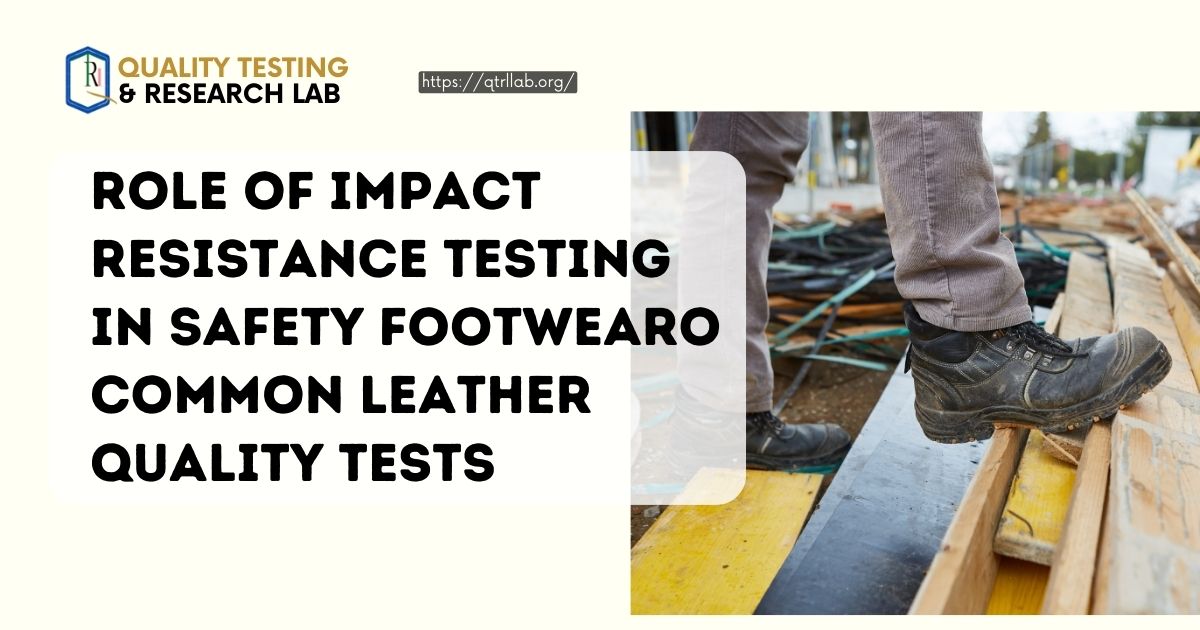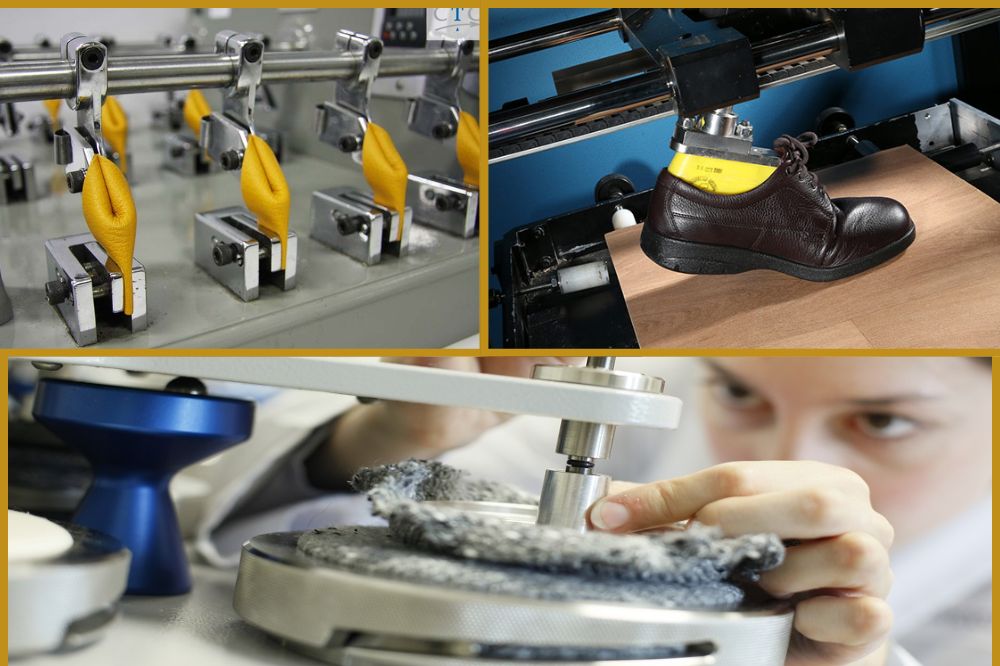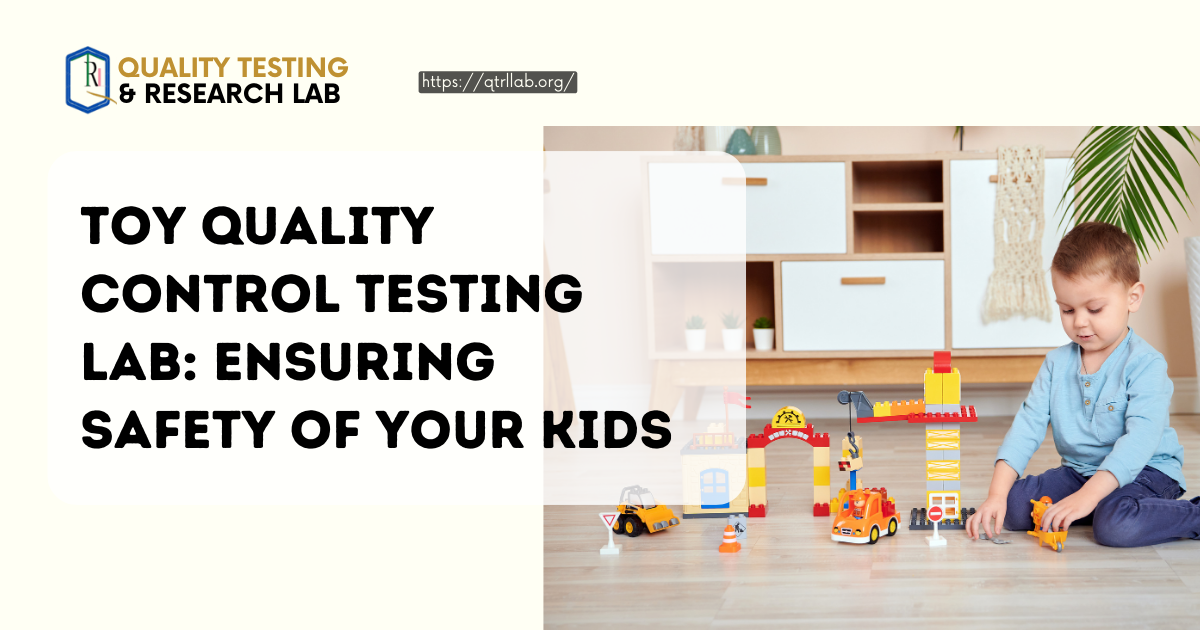In the hustle and bustle of our daily lives, from construction sites to bustling kitchens, our feet often take a backseat. But for workers in demanding environments, sturdy and reliable safety footwear is paramount. One critical aspect of that protection lies in impact resistance testing, ensuring your toes are shielded from unexpected falls or falling objects.
The Importance of Impact Resistance
Our toes are surprisingly delicate, housing vital nerves and bones. A forceful impact from a dropped tool, heavy equipment, or even a misstep can lead to serious injuries, including fractures, sprains, and contusions. Safety footwear with proper impact resistance acts as a barrier, absorbing and distributing the force of an impact, minimizing the risk of injury.
How is Impact Resistance Tested?
Impact resistance testing is a standardized procedure governed by organizations like ASTM International (ASTM F2413) and the International Organization for Standardization (ISO 20344). Here’s a simplified breakdown:
- The Setup: A steel toe cap, detached from the actual shoe, is secured within a testing apparatus.
- The Impact: A weighted striker (simulating a falling object) is dropped from a predetermined height onto the toe cap.
- Force Measurement: Sensors measure the force transmitted through the toe cap.
- Pass or Fail: The force must stay below a specific limit set by the relevant safety standard.
Beyond the Test: Different Levels of Protection
Safety footwear comes with varying levels of impact resistance, categorized by the force they can withstand. Common categories include:
- SD (Standard Duty): Suitable for light impacts and debris protection.
- EH (Electrical Hazard): Meets SD impact resistance along with additional electrical hazard protection.
- PR (Penetration Resistance): Offers additional protection against puncture wounds from sharp objects, often in combination with SD or EH impact resistance.
Choosing the Right Safety Footwear:
The type of impact resistance needed depends on your specific work environment. Here are some considerations:
- Construction workers: Opt for footwear with higher impact resistance (EH or PR) to protect against falling objects.
- Manufacturing workers: SD or EH might be sufficient depending on the potential hazards.
- Food service workers: Slip resistance might be more crucial, but some workplaces might require SD protection as well.
Conclusion:
Impact resistance testing plays a vital role in ensuring the safety of our toes. By understanding the testing process, available protection levels, and choosing the right footwear for your specific needs, you can minimize the risk of workplace injuries and keep your feet safe, one step at a time. Remember, your safety is an investment – don’t compromise on your footwear!





